Chemical and Process Engineering Resources
Distillation Pilot Plant Design, Operating Parameters and Scale-up Considerations
Dec 13 2010 11:53 AM | Chris HaslegoUsing Pilot Plant Data
The aims of most pilot distillation tests of a packing with a particular chemical system are to determine:
- The mass transfer efficiency of the packing expressed as HETP or HTU
- The maximum hydraulic capacity and the maximum efficient capacity (MEC), i.e. the hydraulic capacity at which the efficiency starts to decline
- The pressure drop as a function of boil-up rate
Figure 3, which represents the typical HETP and AP vs. CS, data for random packings and large structured packings are from Strigle and Rukovena, (1979). Figure 4 represents similar curves for small structured packings. Here CS, is Souders and Brown (1934) entrainment parameter:
 | Eq. (1) |
Where subscript "s" refers to Souders and Brown, G refers to "Gas", and L refers to "Liquid".
Cs = Entrainment parameters, m/s
G = Gas rate, kg/m2 s
V = Gas velocity, m/s
ÃÂG = Gas density, kg/m3
ÃÂL = Liquid density, kg/m3
From the data of the type represented by Figure 3, the region B to C gives the design HETP and the point F gives the MEC. MEC represents the value of C, corresponding to the maximum rate at which the packing can be operated in distillation service while still maintaining the typical HETP as represented by the B to C portion of the HETP curve.
From the type of data as represented by Figure 4, i.e., for small structured packings, the MEC is determined by the C, value at which the slope of AP vs. C curve approaches infinity. The design HETP is taken at 90% of the MEC. Figures 5, 6, 7 and 8 show actual test data on No. 25 IMTP packing and No. 50 IMTP packing, Intalox Structured Packing 1T and Intalox Structured Packing 4T, respectively.
For most binary systems that we test in the pilot distillation columns, the number of stages generated in the packing is calculated using the method of Neretnieks et al. (1969). This method applies a coordinate transformation to the McCabe-Thiele method to account for the difference in the molal heats of vaporization between the two components. For multi-component systems, the stages are calculated using commercially available process simulators.
The MEC point is confirmed by the heat balance on the distillation column. When the HETP starts to increase (decreasing efficiency) because of entrainment, this entrainment is carried into the condenser. This entrainment then manifests in the heat balance around the condenser as more heat being removed from the overhead based on the condensed vapor rate, than was put into the re-boiler.
The pressure drop across the packed bed is measured with the help of pressure taps above and below the packed bed and pressure transducers.
In operating an existing pilot plant distillation column, there are three fundamental issues involved:
a. Chemical test system
b. Tower packing
c. Liquid and or gas distributors
Typically, in a particular pilot test the performance data on two out of these three items are known fairly well; it is the purpose of the test to get information on the performance of the third item in the presence of the other two.
But in designing a new pilot distillation column one needs to decide ahead of time the type of chemical systems, whether corrosive or non-corrosive, high vacuum, atmospheric, or high pressure system that will be distilled in the column. As discussed earlier, the size and type of the packings and distributors to be tested will also have to be considered.
From an economic standpoint, the most important consideration is the diameter of the pilot distillation column.Download a legacy print-ready version of this article with high-resolution versions of Figures 1 and 2

 FB
FB

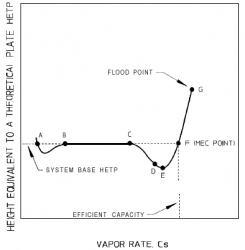
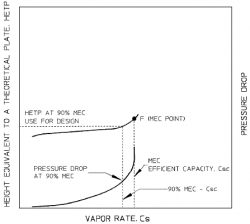
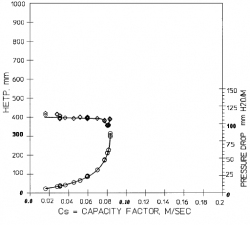
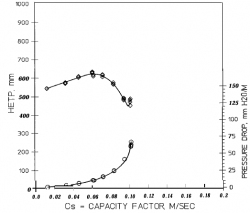
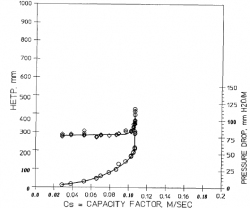
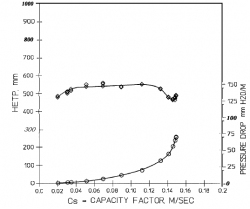
0 Comments